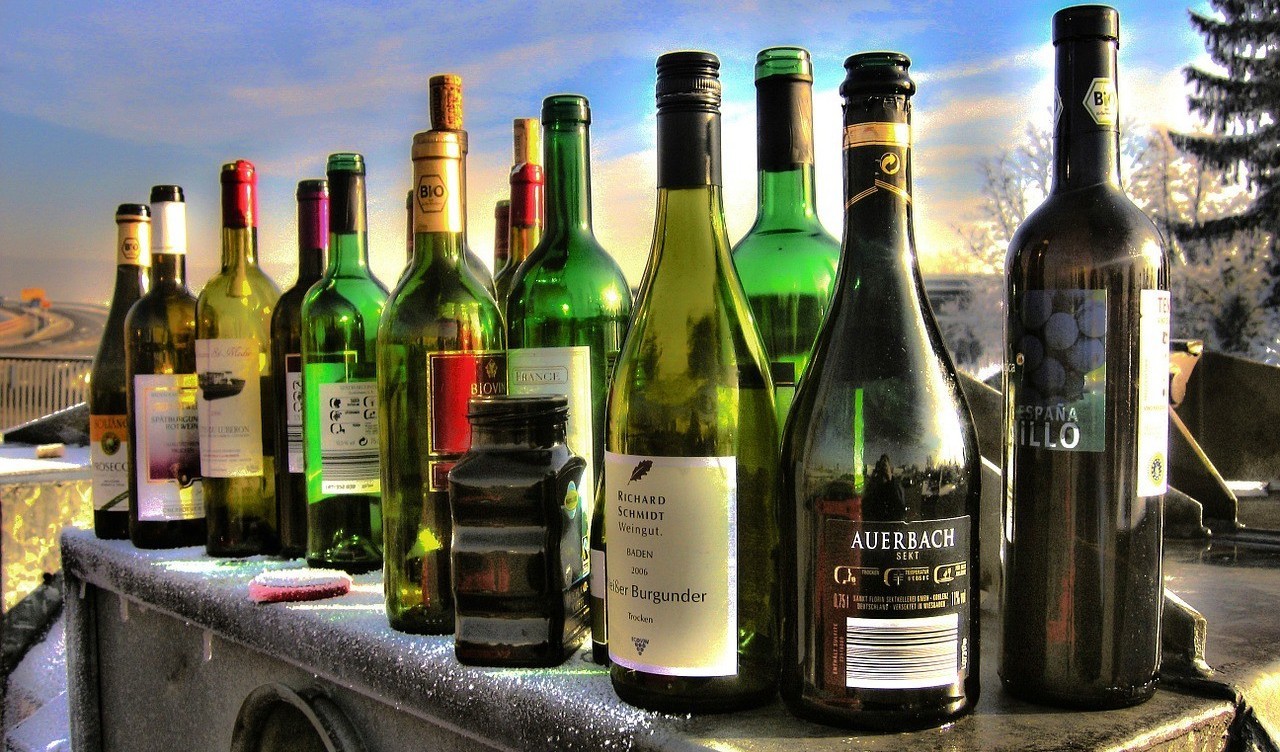Smart Sensors for Glass Containers
DTLab-Challenge with LIV-T GmbH

Overview
LIV-T is the European market leader in remote tank monitoring, an industry that is expected to triple its units sold until 2023. Being a spin-off from one of Germany's top 3 Innovation Labs (EnBW Innovation), the fast-growing Munich-based IoT hard- and software provider has effectively established an “IoT Built for Purpose Platform”. The product and service portfolio still comprises solutions for remote tank monitoring management of oil, lubricants and water but can easily be transferred to any other liquid based branch. The smart soft- and hardware solutions are successfully applied in industries with focus on oil management.
Problem
So far, waste management companies have emptied bottle banks according to a schedule set by the dual systems. This schedule leads to some containers being already full before the specified emptying date and waste glass being placed in front of them as a consequence. Or to containers that are not yet completely full when being emptied. This situation of waste glass logistics can be optimized by using metering sensors. With their help, waste management companies are able to display fill levels in real time enabling them to react flexibly so that containers are emptied only when necessary. This in turn, helps to avoid unnecessary journeys and thus saves resources. Furthermore, intelligent waste management based on real time data would finally help ease the tough negotiations where to place so called recyclable material islands (in German "Wertstoffinseln") - because residents do not want them near their living premises due to their appearance and the accumulation of rubbish around them.
Method
With the aim of gaining an initial overview of the new market, a team of six students from the Business Administration and Print & Media Technology degrees at Munich University of Applied Sciences undertook a market and competition analysis. To get to know the customers better, they conducted several expert interviews with waste management companies. With the help of the information they got from them, they identified a suitable target group, value multipliers and possible obstacles that could impede the entry to the new market. Then they used the obtained data to define the client's USP in connection with a SWOT-analysis. To better understand the client's needs, the student team used the innovation method "Working Backwards". They started by answering the five "Working-Backwards"-questions, created an empathy map and followed the customer journey. The information they gained was then used to create a storyboard and the three artifacts that the "Working-Backwards"-approach aims at: A press release, FAQs and a prototype.
This helped the students to develop their "big idea", a contribution towards a thorough market analysis of the waste glass use case. The students concluded that the best way to attract new customers would be a pitch deck. Utilizing this, LIV-T could convince waste management companies at trade fairs (such as the IFAT in Munich). As a prototype, a design for the pitch deck was created. In addition, the students designed a prototype web interface to demonstrate how metering data could be analysed.
Prototype
The prototype of the web interface was created with Adobe XD. The program makes it possible to simulate a website including various subpages, functions and interrelationships. For a first draft of the storyboard the students used Canva, for the final draft Adobe Illustrator. The pitch deck was created with Google Slides.
Programs
- Interface: Adobe XD version 30.2.12
- Storyboard illustrations: Adobe Illustrator version 24.2.1
Next steps
An initial market analysis was successfully carried out as part of the project. LIV-T will further evaluate the use case in order to concretise the idea and then implement it if feasible.
About the Co-Innovation Lab
This challenge was carried out as a joint project between the DTLab and the Co-Innovation-Lab of the Munich University of Applied Sciences. The Co-Innovation Lab is a comprehensive concept for innovation projects between students and companies. Temporary innovation partnerships - in the form of projects - are created between companies, students and lecturers. Initiated by Prof. Holger Günzel and Prof. Lars Brehm (both Munich University of Applied Sciences), more than 25 innovation projects are currently carried out each year, often on an interdisciplinary basis. The Co-Innovation Lab is structured as an open community. Interested lecturers can use the concept of the Co-Innovation Lab in their courses and are welcome to actively participate in its further development.
Organisation: LIV-T GmbH
Lecturers: Prof. Lars Brehm, Prof. Martin Delp
Date: 01.07.2020